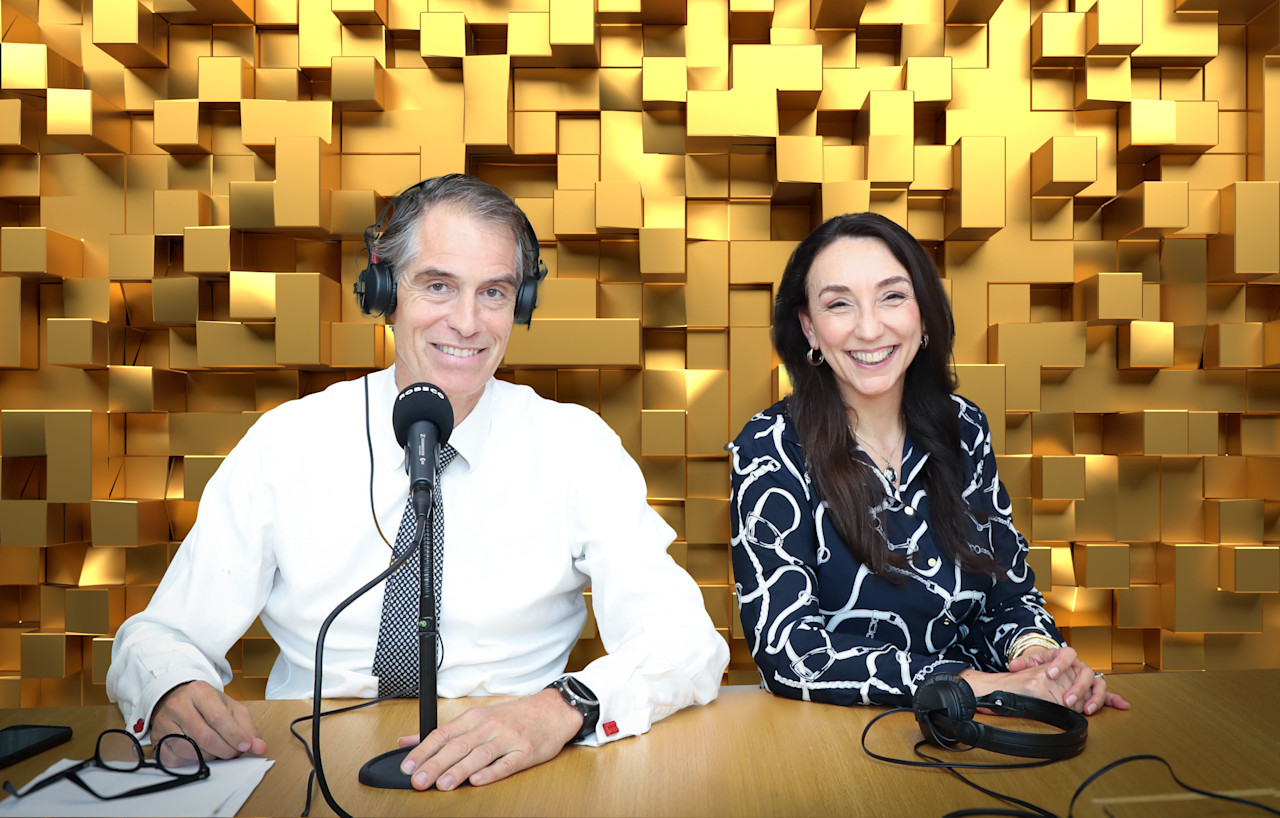


The pros and cons of ESG ratings for investment funds
Monthly column from Global Equities on sustainability investing. Head of ESG integration Masja Zandbergen questions whether ESG ‘snapshot’ scores give the full picture about a mutual fund’s sustainability.
As responsible investment is growing and more and more investors are incorporating sustainability or ESG – whatever you want to call it – into their investments, the need arises to separate the wheat from the chaff. The good from the not so good. To fulfil this need, many market participants are coming up with solutions to measure the ESG profiles of investment funds.
This approach usually starts with measuring the ESG scores of the portfolio holdings and comparing them to peers. Sometimes this is supplemented by including the past controversies of the companies owned, along with their carbon footprints. The end result is a score or rating which provides some insight into how the companies that are currently held in a portfolio score on sustainability.
The good thing about these ratings is that they can be produced at relatively low cost for relatively large numbers of funds. The best thing is that they raise ESG awareness. The question remaining, however, is whether they actually achieve the desired outcome.
Taking a snapshot
The point is that investing means looking forward, but these ratings only provide a snapshot of the current situation. If there is no clear sustainability investment policy for the fund, then an investor can buy into a portfolio that is highly ranked, only to discover after a few months or years that the score has completely changed.
So, these methodologies are merely a starting point that is far from perfect. I would suggest a few points that would really improve these ratings:
Adjust for biases in the universe. For example, investing in large cap European stocks would really help your rating right now.
Don’t make a picture, but be more forward looking. Take into account the investment process and the engagement efforts of an asset manager. This analysis is more time consuming and costs more, but is of much higher quality.
Focus on financial materiality in scores, but also incorporate a top-down view of sectors and issues. For example, how does a worst-in-class media company compare to a worst-in-class mining company? From both a societal and financial perspective, the impact of the latter is much bigger.
Impact measurement
By only analyzing the portfolio outcome, you are starting at the end. Instead, the investment approach and process should be the starting point of the analysis. Let’s not forget what we are trying to achieve here: if it is better investment returns or lower risk by using ESG information, then this is what we should measure.
If making a positive social and environmental impact, then impact measurement should be used instead. Mixing both investment goals into a one-size-fits-all approach is not the best idea, and certainly not when it distracts from the real hard work – namely analyzing the impact of sustainable development on a company’s business models and prospects, and discussing the way forward with them.
Keep up with the latest sustainable insights
Join our newsletter to explore the trends shaping SI.




















